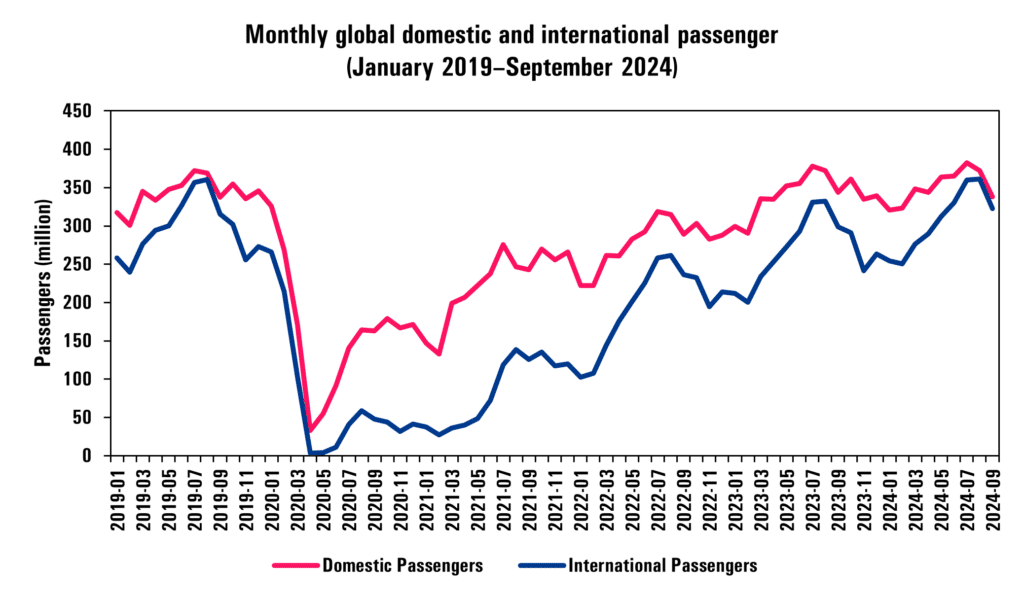Global passenger traffic is projected to surpass pre-pandemic figures in 2024, reaching 9.5 billion passengers – a 4% increase compared to 2019, according to Airports Council International (ACI) World. Revenue passenger kilometers (RPK), a measure of passenger distance traveled, are also expected to recover, reaching 8.8 trillion, slightly above 2019 levels.
This milestone marks a significant rebound for the aviation industry, which was severely impacted by the COVID-19 pandemic. While the International Civil Aviation Organization (ICAO) anticipated a near-complete recovery by the end of 2023, the actual recovery reached only 94% of 2019 levels, primarily due to slower-than-expected growth in Asian markets, particularly those involving travel to and from China.
Despite this, the trajectory is positive. ICAO forecasts RPK to climb to 9.4 trillion in 2025, exceeding pre-pandemic levels by 8%, as lagging routes fully recover. The largest passenger markets in 2023 were the United States, China, India, and Spain, but the landscape is shifting. By 2042, emerging markets like Indonesia and Thailand are predicted to join the top 10, and by 2052, China, the United States, India, and Indonesia are expected to lead the market.
While the recovery is underway, challenges remain. Escalating geopolitical conflicts, persistent labor shortages, and aircraft delivery delays create uncertainty in the medium to long term. Although international travel is gradually recovering and airline profitability is improving, travel costs remain elevated, and global trade policy uncertainties are growing.
Looking ahead, global passenger traffic is forecast to exceed 12 billion by 2030, fueled by international growth, particularly in the Asia-Pacific and Middle East regions. By 2052, the top global routes will be dominated by domestic travel within China/Mongolia, North America, and Southwest Asia, alongside long-haul connections between Asia, the Middle East, and Europe, reflecting the increasing dominance of these regions in global air travel.
The COVID-19 pandemic, declared by the World Health Organization in March 2020, brought unprecedented disruption to global travel. In 2020 alone, passenger numbers plummeted by 5.5 billion (ACI World), and RPKs fell by 5.8 trillion (ICAO), representing a staggering 61% and 66% decline, respectively, compared to 2019. The pandemic also triggered a cascade of economic challenges, including geopolitical instability, supply chain disruptions, and rising inflation, which continue to impact the aviation industry.
The industry’s recovery is closely tied to macroeconomic factors. Fluctuations in prices and disposable income significantly influence air travel demand. Furthermore, rising costs and a tight labor market present ongoing challenges. While the 2024 projections offer a positive outlook, the industry remains vigilant in navigating these complex and evolving conditions.




